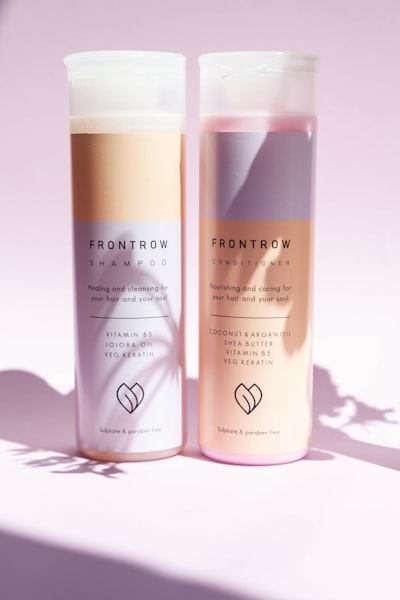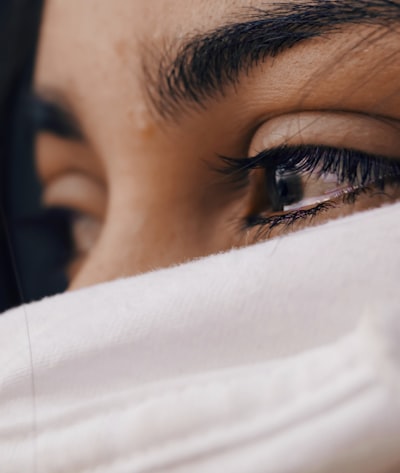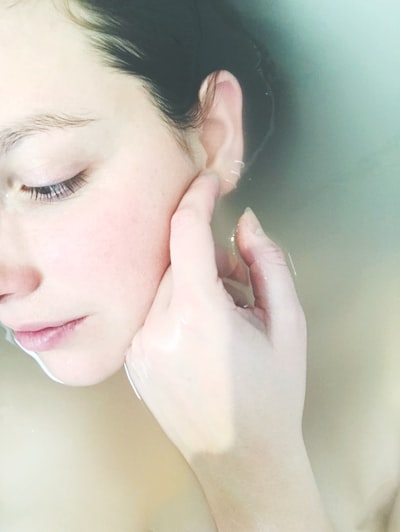Formaldehyde in Hair Extensions: What You Need to Know
Understanding Formaldehyde: An Overview
To ensure that our hair extensions are formaldehyde-free, most of our hair is raw virgin hair from India, which is unprocessed. Inferior hair that is treated with smoothing products, may have a formaldehyde coating. This is why we only use virgin, one-donor, hair in its natural texture since texture processing may utilize formaldehyde. We work with manufacturers to ensure raw human hair is selected when fabricating our hair extensions, this is challenging since hair extension manufacturing is not done in the United States. If your hair extensions have an unusual odor; this may be a silicone coating versus formaldehyde. Additionally, hair extensions with a silky coating may be treated with silicone.
An understanding of formaldehyde is crucial in the hair industry. This chemical is often present in smoothing treatments like Brazilian Blowout. Inhaling formaldehyde can have serious health implications, and therefore, OSHA, FDA, and CDC have settled regulations to protect workers and consumers from its harmful effects.
Opt for Raw Unprocessed Virgin Hair

The Role of Formaldehyde in Various Industries
From construction materials to fabrics, formaldehyde plays a diverse role. It's a key component in composite wood products like plywood and fiberboard and is used in textile industries for wrinkle-resistant treatments. Formaldehyde is also involved in the manufacturing of personal care products, cosmetics, and the preservation of biological specimens, showcasing its wide-ranging applications.

Common Products with Formaldehyde
Common products containing formaldehyde include hair care items, nail polishes, and glues. Household items like cleaning agents, disinfectants, and pesticides also contain formaldehyde. It's commonly used as a preservative in body washes, shampoos, and liquid soaps, as well as in skincare and makeup products. Additionally, tobacco smoke is a significant source of formaldehyde exposure.
Formaldehyde and Hair Extensions: Unveiling the Connection
Revealing the Hidden Dangers
Uncovering the Risks
Understanding the Link
Addressing the Concerns
Exploring the Relationship
Unveiling the Truth
Why is Formaldehyde Used in Hair Extensions?
Formaldehyde may be utilized in hair extensions to achieve a keratin-smoothing effect, bonding hair strands for a long-lasting and sleek appearance. It contributes to straightening and smoothing hair while serving as a preservative, extending the shelf life of hair treatment products, and maintaining the shape and texture of extensions.
The Impact of Formaldehyde on Hair Health
The effects of prolonged formaldehyde exposure weaken hair follicles and strands, leading to dryness, brittleness, and breakage. Contact can cause scalp irritation, itching, and inflammation, with treated hair experiencing increased shedding. Moreover, formaldehyde exposure hinders natural hair growth, potentially causing baldness over time.
Health Risks Associated with Formaldehyde in Hair Extensions
Exposure to formaldehyde in hair extensions has been linked to various health risks, including skin irritation, respiratory issues, and cancer. The use of a flat iron or a keratin treatment can release formaldehyde, posing risks to stylists and clients. It's important to consider the potential health implications when using any product line containing formaldehyde. Advanced Brazilian keratin treatment and acai professional smoothing solutions are popular, but it's crucial to be aware of the associated health risks.
Immediate Side Effects of Formaldehyde Exposure
Experiencing eye irritation, nosebleeds, or respiratory issues is common following exposure to formaldehyde from hair smoothing treatments. Prolonged exposure has been associated with cancer and other health issues. Researching product ingredients before use is vital to avoid harmful chemicals. Natural and organic options are available for those concerned about formaldehyde exposure.
Long-term Consequences of Prolonged Exposure
Prolonged exposure to formaldehyde, a hazardous chemical found in some hair extensions, can result in serious health issues such as skin and eye irritation, as well as respiratory problems. Additionally, it may lead to long-term hair damage, including breakage, thinning, and even hair loss. Therefore, ensuring proper ventilation and safety measures during application is crucial to prevent these consequences. Researching and selecting formaldehyde-free hair extensions is essential for avoiding long-term health risks.

Recognizing Formaldehyde in Hair Extensions: Tips and Tricks
Recognizing formaldehyde in hair extensions can be tricky, but certain signs can help. Watch out for unusual smells or eye irritation during use – these could indicate the presence of formaldehyde. Also, be wary of terms like "smoothing treatment" as these might suggest the use of formaldehyde in the product line. Understanding these tips can help you make informed decisions about hair products and treatments.
Physical Signs of Formaldehyde Presence
Physical signs of formaldehyde presence in hair extensions may manifest as an irritated scalp, itching, and inflammation. Additionally, hair loss, baldness, or shedding can also be indicators of formaldehyde exposure. It's important to be cautious of any scalp irritation or itching after using hair extensions, as these could be potential signs of formaldehyde presence. Furthermore, formaldehyde exposure has the potential to lead to traction alopecia or long-term hair damage, so seeking guidance from a dermatologist is advised if any formaldehyde-related hair issues are suspected.
Alternatives to Formaldehyde in Hair Extensions
When considering alternatives to formaldehyde in hair extensions, it's essential to explore safer options. Look for product lines offering advanced Brazilian keratin treatments or Acai professional smoothing solutions. These alternatives provide long-lasting results without the risks associated with formaldehyde. Additionally, consider seeking salons specializing in Brazilian blowouts to achieve smooth, frizz-free hair without compromising your health.
 Protecting Yourself from Formaldehyde Exposure
Protecting Yourself from Formaldehyde Exposure
Whether you have hair extensions, weaves, wigs, or long hair, protecting yourself from formaldehyde exposure is crucial. Choose formaldehyde-free products or those with low levels. Consider alternatives like braids or color match instead of keratin hair treatment. Stay informed about FDA and OSHA guidelines to ensure safety from harmful chemicals.
i
Questions to Ask Your Hairstylist Salon
Before getting a keratin treatment, inquire about formaldehyde levels. Discuss formaldehyde-free options and the safety of products used. Seek information on exposure risks and precautions. Prioritize open communication on formaldehyde-free alternatives.
Feel free to ask your stylist about the origin of your hair extensions; they will inquire with the manufacturer or distributor. Indian Temple Hair that has not been processed is the best way to avoid harsh chemicals. Additionally, raw hair can be colored and lightened to achieve your perfect color match
The Role of Regulatory Bodies in Controlling Formaldehyde Use, OSHA
Regulatory bodies play a crucial role in monitoring and controlling the use of formaldehyde in hair products. The FDA and OSHA are responsible for setting and enforcing safety standards, while the CDC monitors the potential health risks associated with formaldehyde exposure. These bodies work to ensure that products, including Brazilian blowout and advanced Brazilian keratin treatments, comply with regulations to protect consumers and professionals from hazardous exposure.
Current Regulations on Formaldehyde in Hair Products
Remaining informed about recent formaldehyde regulations governing hair products is crucial. Awareness of restrictions imposed by regulatory bodies and health authorities is essential. Monitoring formaldehyde regulations set by occupational safety and health organizations is important for the hair care industry. Staying updated on guidelines is vital for compliance and safety.
Conclusion
In conclusion, it is crucial to be aware of the potential risks associated with formaldehyde in hair extensions. The use of formaldehyde in hair products is widespread across various industries, including the beauty industry. While formaldehyde is used to provide certain benefits in hair extensions, such as increased durability and longevity, it can also have negative effects on hair health and pose risks to human health.
It is important to recognize the signs of formaldehyde presence in hair extensions, such as strong chemical odors and physical discomfort during or after application. Opting for formaldehyde-free hair extension brands or exploring natural DIY approaches can be safer alternatives. Additionally, it is essential to protect yourself from formaldehyde exposure by asking your hairstylist about the products they use and adopting safety measures at home.
Regulatory bodies play a significant role in controlling formaldehyde use, and there are current regulations in place regarding formaldehyde in hair products. However, it is crucial to question whether there is a safe level of formaldehyde in hair extensions, considering the potential health risks involved.
Overall, being informed and making conscious choices about hair extension products can help ensure the safety and well-being of both your hair and your overall health.








